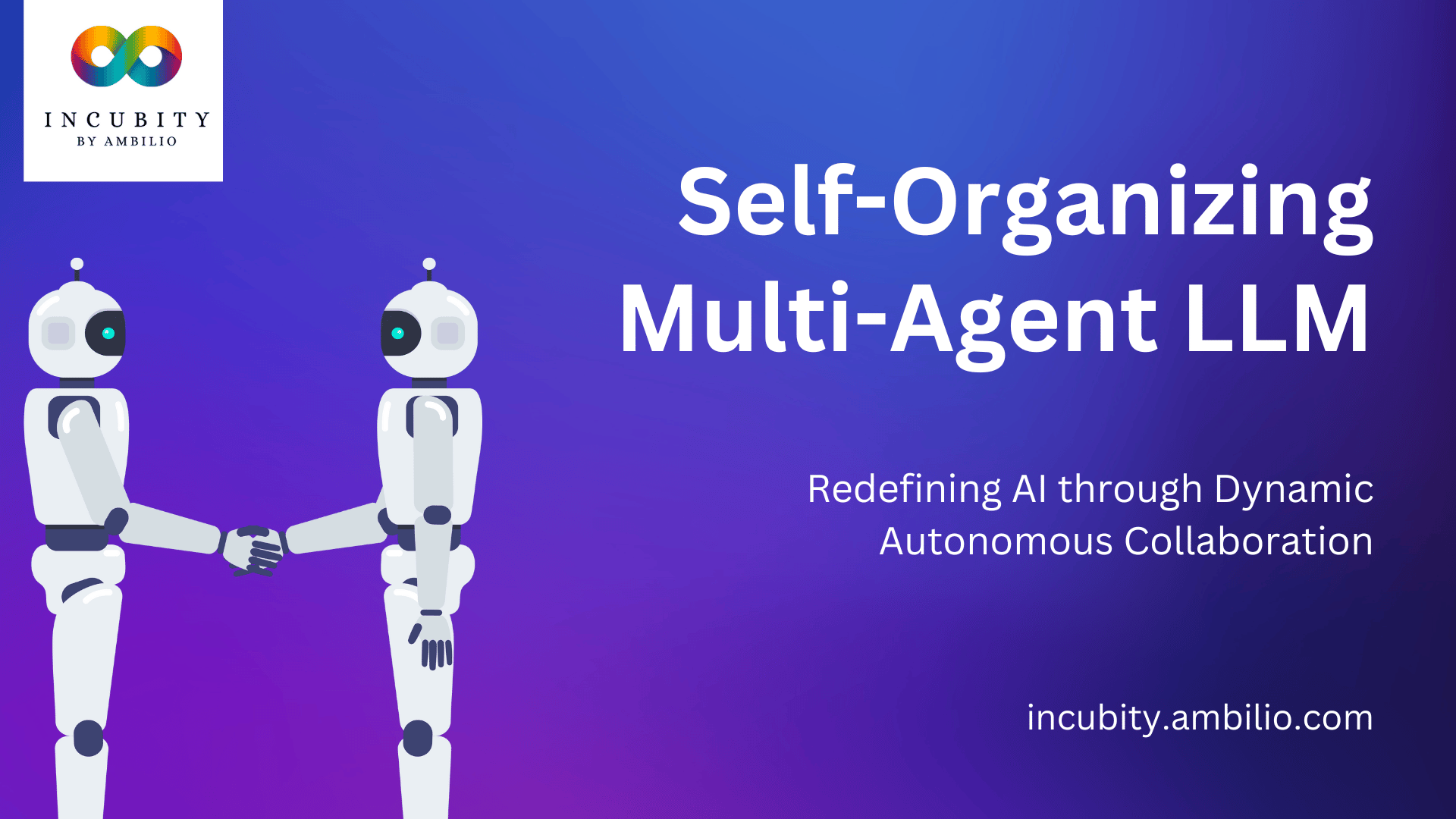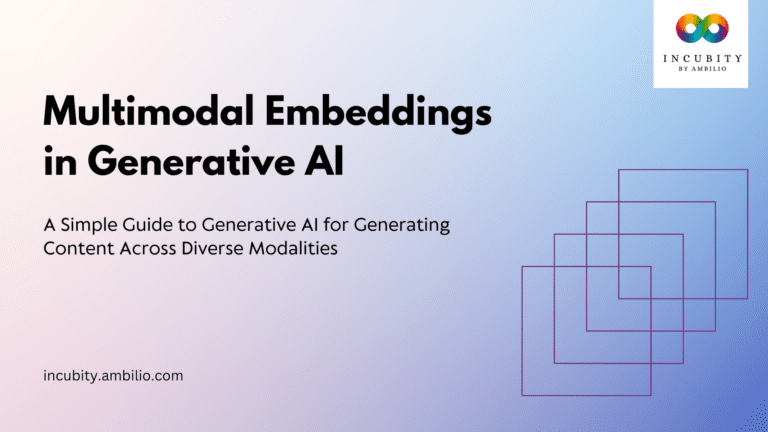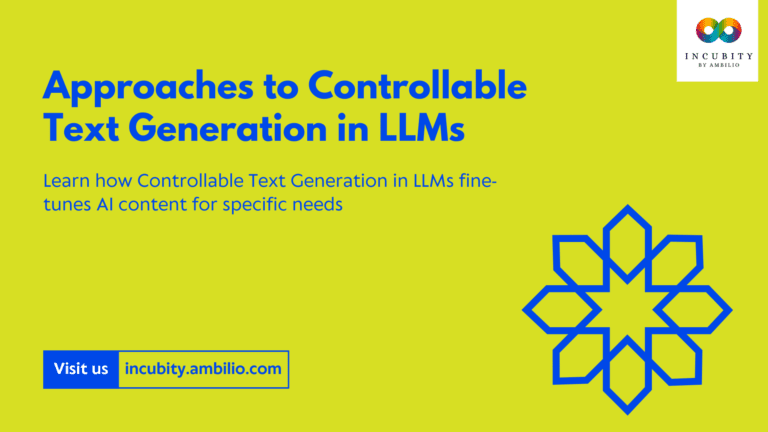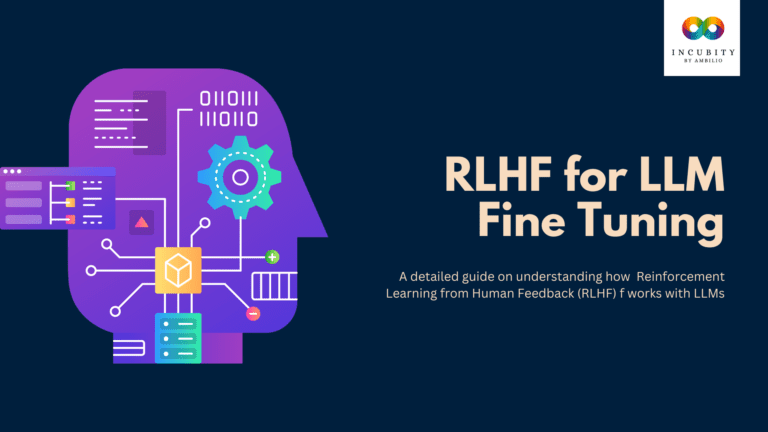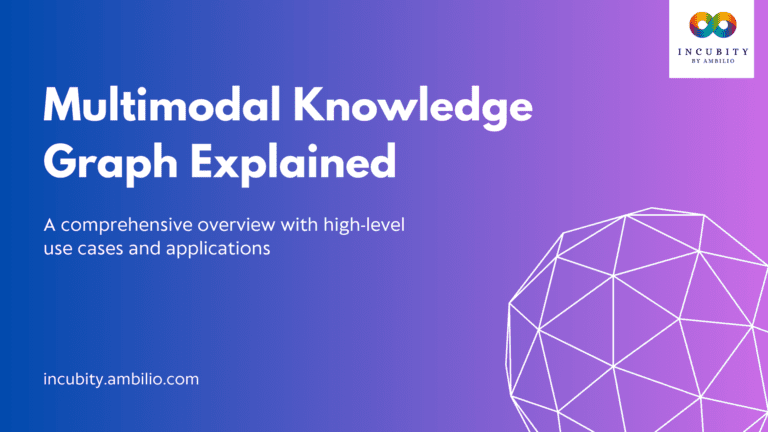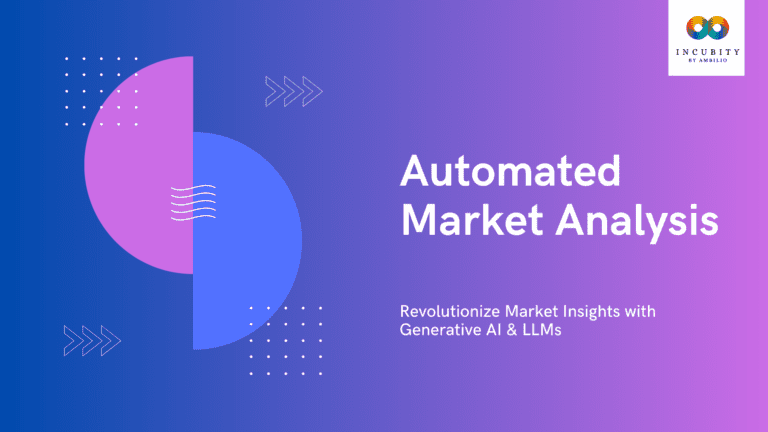In the rapidly evolving landscape of Artificial Intelligence, one concept stands out as particularly revolutionary: Self-Organizing Multi-Agent LLM (SOMA-LLM). This cutting-edge approach combines the power of Large Language Models (LLMs) with self-organizing principles, offering a dynamic and adaptive framework for autonomous collaboration and code generation. In this comprehensive exploration, we delve deep into the intricate workings of SOMA-LLM, uncovering its underlying mechanisms, advantages, challenges, and transformative implications for the future of AI.
Understanding Self-Organizing Multi-Agent LLM
At its core, Self-Organizing Multi-Agent LLM (SOMA-LLM) embodies a network of autonomous agents, each endowed with the capability to interact with its environment and fellow agents to achieve shared objectives. Unlike traditional LLMs, which rely on centralized control and predefined algorithms, SOMA-LLM operates through decentralized decision-making and dynamic interactions among agents. This decentralized approach enables agents to adapt and evolve their behavior autonomously, fostering emergent properties and collective intelligence within the system.
The Components of Self-Organizing Multi-Agent LLM
To truly grasp the intricate dynamics of SOMA-LLM, it’s imperative to delve into its fundamental building blocks – the self-organized agents (SoA). These agents, meticulously categorized into Mother and Child agents, are the cornerstone of SOMA-LLM’s architecture, orchestrating a symphony of interactions that drive the system’s operati
Mother Agents
At the helm of SOMA-LLM’s organizational hierarchy are the Mother agents. Endowed with the responsibility of overseeing higher-level functions, these agents act as the architects of collaboration within the system. Their primary tasks encompass strategic decision-making, task allocation, and coordination among the network of agents. Through a sophisticated interplay of algorithms and heuristics, Mother agents orchestrate the distribution of tasks, ensuring optimal resource utilization and maximizing efficiency.
Child Agents
In contrast to their Mother counterparts, Child agents assume the role of precision-driven executors within SOMA-LLM. Tasked with executing specific functions such as code generation and modification, these agents operate at the frontline, interfacing directly with the problem space. Leveraging their specialized capabilities and domain expertise, Child agents navigate the intricacies of assigned tasks with finesse, iteratively refining their approaches through localized interactions and feedback loops.
Synergistic Collaboration
The true essence of SOMA-LLM lies in the synergistic collaboration between Mother and Child agents. Through a seamless exchange of information and resources, these agents collectively harness the power of emergent intelligence, transcending individual capabilities to achieve remarkable feats of problem-solving and code optimization. As Mother agents orchestrate the overarching strategy, Child agents execute precise actions, iteratively refining their approaches based on real-time feedback, thus propelling the system towards its objectives.


(An example of code generation by mother-child self-organizing multi-agent system)
Dynamic Interactions and Feedback Loops
Central to the operation of SOMA-LLM are dynamic interactions and feedback loops that permeate the agent network. These mechanisms serve as catalysts for adaptation and refinement, enabling agents to iteratively adjust their behaviors in response to changing environmental stimuli and evolving objectives. Through localized interactions, agents exchange information, learn from experience, and fine-tune their strategies, thereby fostering a continuous cycle of improvement and optimization.
Advantages and Applications
The versatility and scalability of SOMA-LLM unlock a myriad of advantages and applications across diverse domains. By harnessing the collective intelligence of autonomous agents, SOMA-LLM offers unparalleled scalability in code generation, enabling the system to scale indefinitely by increasing the number of agents while maintaining code management efficiency. This scalability lends itself to a wide array of applications, including but not limited to:
- Problem-solving: SOMA-LLM can tackle complex problems across various domains, from optimization and decision-making to pattern recognition and anomaly detection.
- Content creation: The collaborative efforts of agents enable SOMA-LLM to generate high-quality content for diverse purposes, including writing articles, composing music, and designing artwork.
- Conversation and language processing: SOMA-LLM facilitates natural language understanding and generation, making it invaluable for applications such as virtual assistants, chatbots, and language translation services.
- Data analysis: With its ability to process and analyze vast amounts of data, SOMA-LLM can extract insights, detect patterns, and make data-driven predictions in fields such as finance, healthcare, and marketing.
Challenges and Considerations
Despite its promise, SOMA-LLM is not without its challenges and considerations. The autonomous nature of agents raises concerns related to misinformation, bias, privacy breaches, and ethical implications. As agents operate independently within the system, ensuring accuracy, reliability, and ethical conduct requires robust oversight and governance mechanisms. Additionally, maintaining coordination, consistency, and coherence among agents poses technical challenges that must be addressed to realize the full potential of SOMA-LLM.
Future Directions and Implications
Looking ahead, the trajectory of SOMA-LLM holds immense promise for the future of AI technology. As researchers continue to refine and expand upon its capabilities, SOMA-LLM has the potential to revolutionize not only code generation but also problem-solving, language processing, and beyond. By embracing the principles of self-organization and autonomous collaboration, SOMA-LLM paves the way for a new era of AI advancement, where machines not only assist but actively participate in the creative and decision-making processes.
Final Words
In conclusion, Self-Organizing Multi-Agent LLM represents a paradigm shift in the field of Artificial Intelligence, ushering in a new era of autonomy, adaptability, and collaboration. As we unravel the complexities of SOMA-LLM and explore its vast potential, it becomes evident that we stand on the cusp of a transformative journey. With careful stewardship and relentless innovation, SOMA-LLM has the power to reshape industries, elevate human-machine interaction, and unlock unprecedented opportunities for the future of AI. As we embark on this journey, guided by curiosity and ambition, let us embrace the boundless possibilities that await us in the realm of Self-Organizing Multi-Agent LLM.

